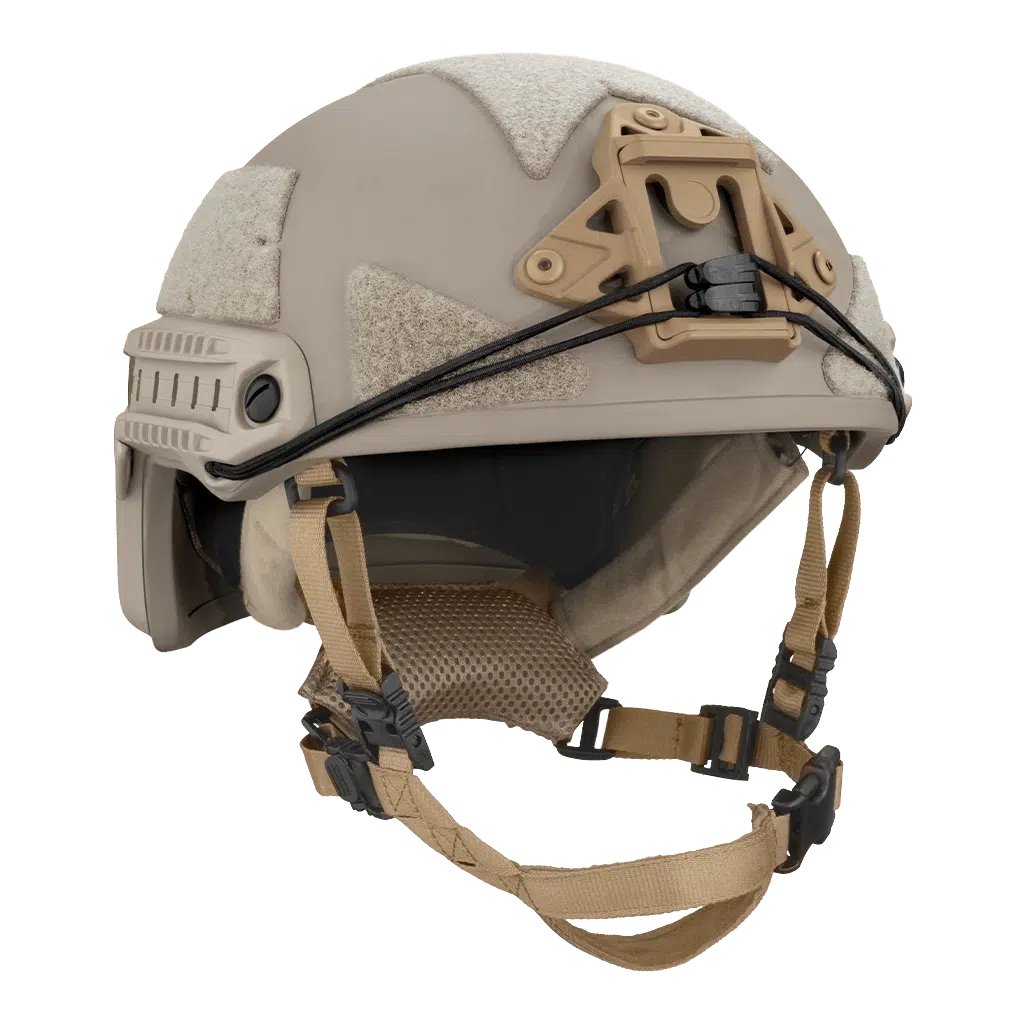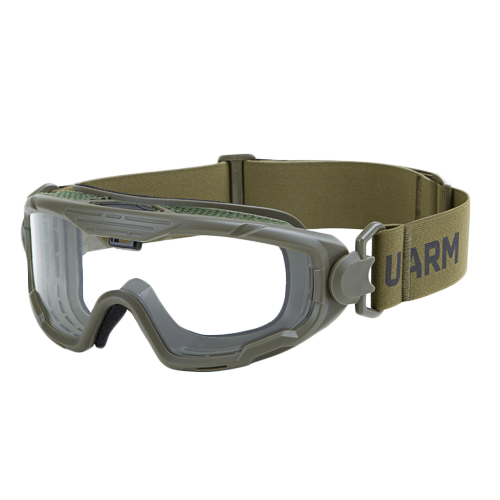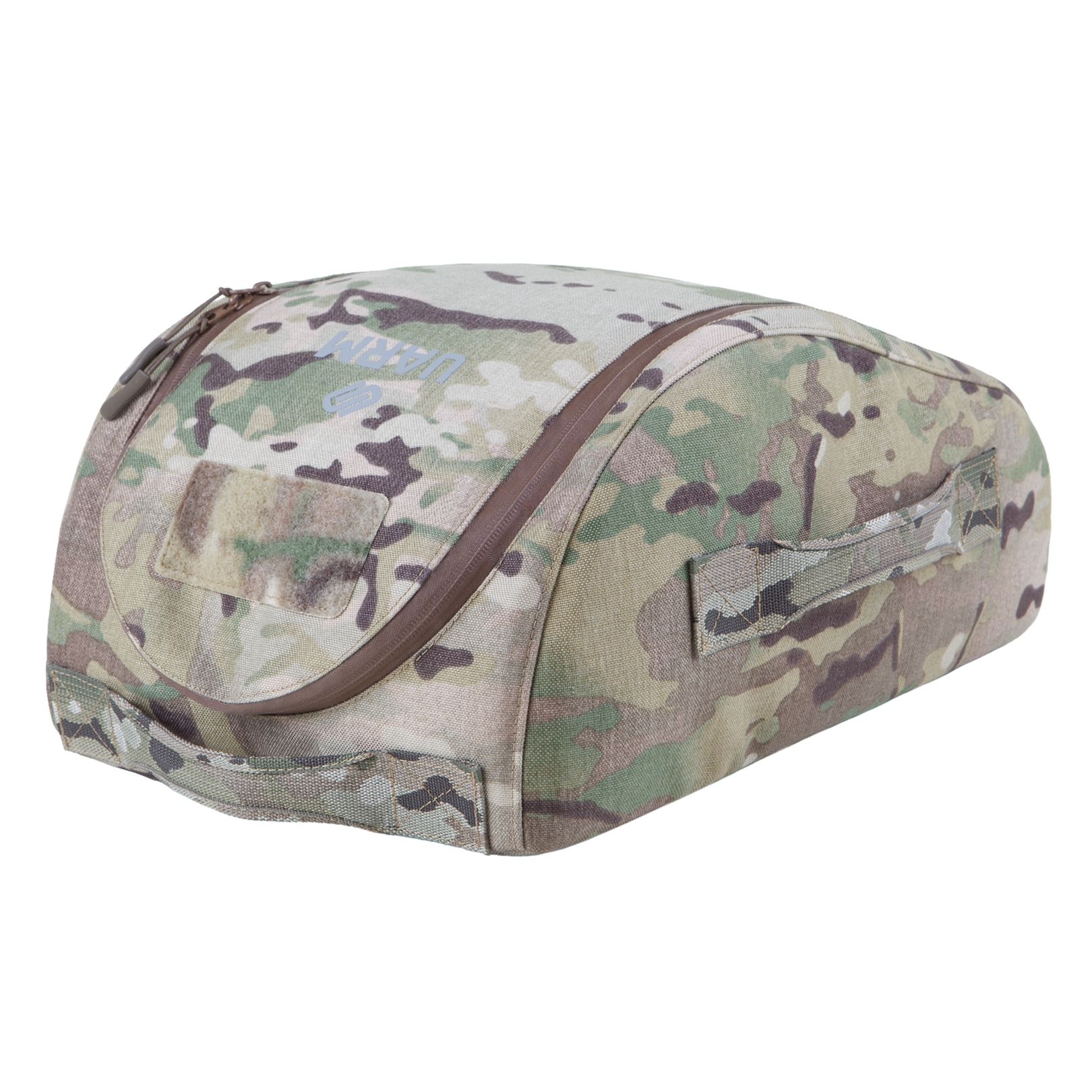Sort by Relevance
Sort by
- Relevance
- Lowest price
- Top customer rating
- Highest price
In Stock
Advanced Filters
Protection Level
Level 2 body
armor
8
Level 2 body
armor
8
Level 2 body
armor
8
Level 2 body
armor
8
Level 2 body
armor
8
Level 2 body
armor
8
Protection
Level 2 body
armor
8
Level 2 body
armor
8
Level 2 body
armor
8
Level 2 body
armor
8
Level 2 body
armor
8
Level 2 body
armor
8
More than 70% of all sensory input we receive is through our eyes. In serious situations, even a slight hindrance in this regard can cause a fatal result. That is why we need tactical goggles that will protect both our eyes and eyesight from anything that might damage or diminish it.
For controlled situations, we might opt to use lighter and arguably more comfortable tactical sunglasses, but if there is a lot of glare, debris, and dust, we need to have complete eye covering. Tactical ballistic goggles are necessary when operating any machinery, for terrestrial mobile units, as well as machine-gunner squads.
A good pair of tactical goggles should:
- Have a ballistic eyewear designation MIL-PRF-31013
- Protect from UVA, UVB, and UVC rays
- Prevent glare and flair reflection
- Do not fog or take in dust


